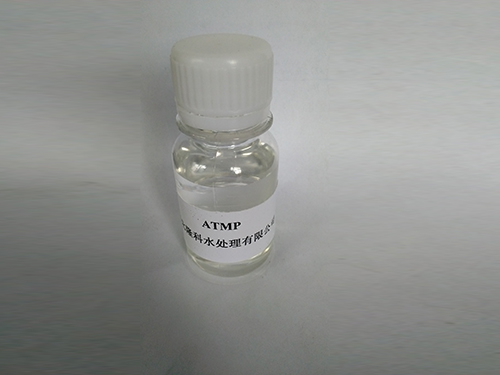Properties and Applications of Hydrolyzed Polyacrylamide in Various Industries
Hydrolyzed Polyacrylamide Properties, Applications, and Environmental Impact
Hydrolyzed polyacrylamide (HPAM) is a polymer created from the hydrolysis of polyacrylamide, a synthetic polymer widely used in various industrial applications. This compound has garnered significant attention due to its unique properties, ease of use, and versatility. HPAM differentiates itself from its non-hydrolyzed counterpart by having a greater affinity for water, making it particularly valuable in industries ranging from oil extraction to wastewater treatment.
Properties of Hydrolyzed Polyacrylamide
Hydrolyzed polyacrylamide is characterized by its ability to absorb and retain large amounts of water, forming a gel-like substance. This property makes it an excellent thickening agent. The degree of hydrolysis can vary, leading to different molecular weights and structural characteristics, which in turn influence its functionality in various applications. HPAM typically has a high molecular weight, providing excellent viscosity and shear-thinning properties, which are critical for many processes requiring fluid management.
Additionally, HPAM has a relatively low toxicity profile and is biodegradable under specific conditions. These properties make it an attractive option, especially in an era where environmental concerns are paramount.
Applications of Hydrolyzed Polyacrylamide
One of the most prominent applications of HPAM is in the oil and gas industry. It is primarily used in enhanced oil recovery (EOR) processes. By injecting HPAM into oil reservoirs, the viscosity of the water injected helps improve oil mobility, allowing for more efficient extraction of crude oil. This technique not only maximizes the yield from existing wells but minimizes the environmental impact by reducing the need for new drilling operations.
In addition to its role in oil recovery, HPAM is also employed in the treatment of wastewater. The polymer acts as a flocculant, helping to aggregate suspended particles for easier removal. This application is particularly vital for industries where large amounts of wastewater are produced, such as mining, textiles, and food processing. The ability of HPAM to facilitate the settling of solids ensures compliance with environmental regulations and reduces the burden on treatment facilities.
hydrolyzed polyacrylamide

Furthermore, HPAM finds applications in the agricultural sector as a soil conditioner. When mixed with soil, it enhances water retention, thus improving crop yields, particularly in arid regions. By reducing erosion and increasing nutrient availability, HPAM contributes to sustainable agricultural practices.
Environmental Impact and Sustainability
Despite its many advantages, the use of hydrolyzed polyacrylamide is not without its challenges. The environmental impact of synthetic polymers, even those with lower toxicity, raises concerns, particularly regarding their degradation and potential accumulation in ecosystems. While HPAM is biodegradable, its breakdown products must also be considered for a comprehensive environmental assessment.
Efforts are being made to address these concerns through the development of more environmentally friendly formulations and alternative biopolymers. Research into natural polymers, such as those derived from plant sources, is gaining traction as industries seek to minimize reliance on synthetic materials.
Moreover, regulatory bodies are increasingly demanding that industries assess the lifecycle impacts of polymer usage. This includes not just the performance benefits but also the ecological footprint associated with sourcing, manufacturing, using, and disposing of these materials.
Conclusion
Hydrolyzed polyacrylamide serves as a prime example of how synthetic polymers can play a crucial role in various industries while offering the promise of improved efficiency and sustainability. Its applications in enhanced oil recovery, wastewater treatment, and agriculture highlight its versatility and importance in modern industry. However, as we move towards a more sustainable future, it is essential to consider both the benefits and environmental implications of HPAM. Continuous research and innovation are needed to ensure that such materials align with global sustainability goals while meeting industrial demands. Through such advancements, we can harness the benefits of hydrolyzed polyacrylamide responsibly and sustainably.
-
Water Treatment with Flocculant Water TreatmentNewsJun.12,2025
-
Polymaleic AnhydrideNewsJun.12,2025
-
Polyaspartic AcidNewsJun.12,2025
-
Enhance Industrial Processes with IsothiazolinonesNewsJun.12,2025
-
Enhance Industrial Processes with PBTCA SolutionsNewsJun.12,2025
-
Dodecyldimethylbenzylammonium Chloride SolutionsNewsJun.12,2025





